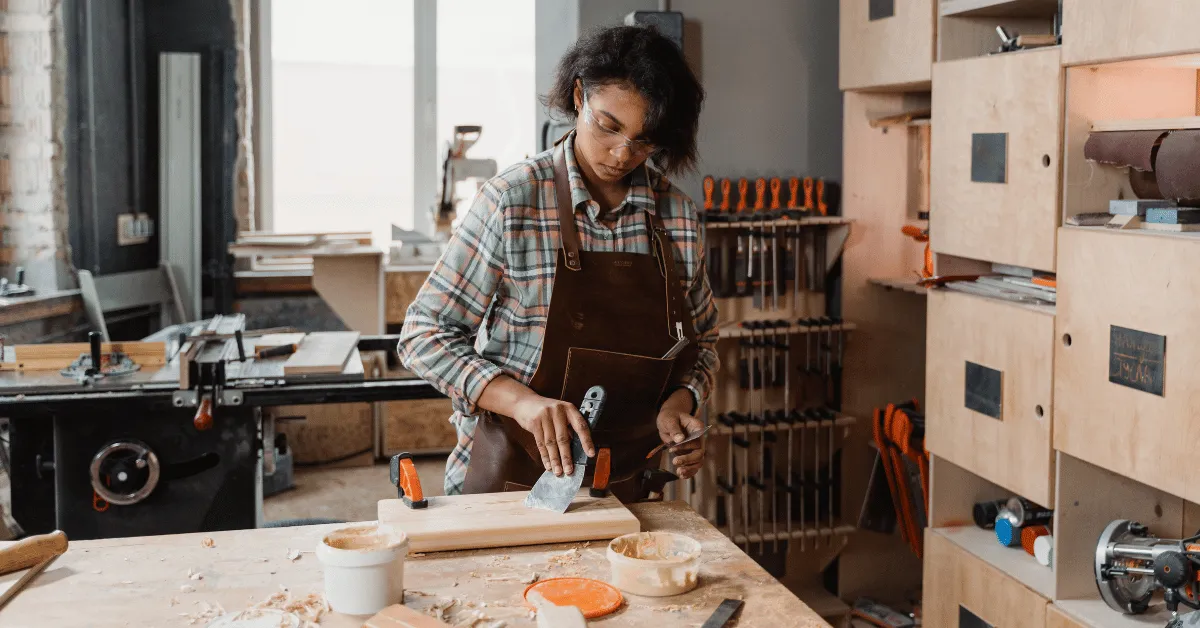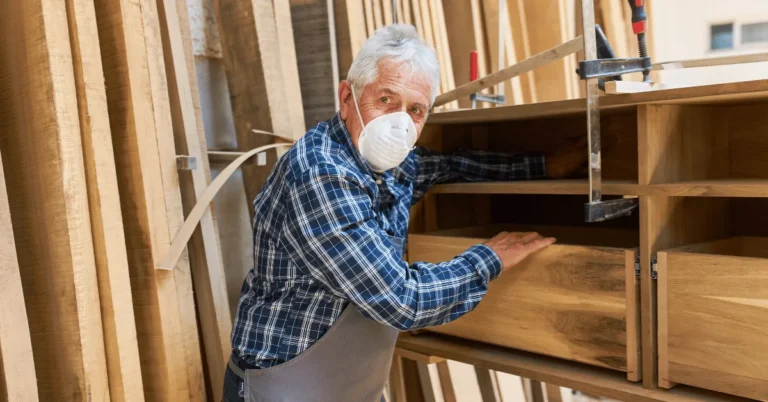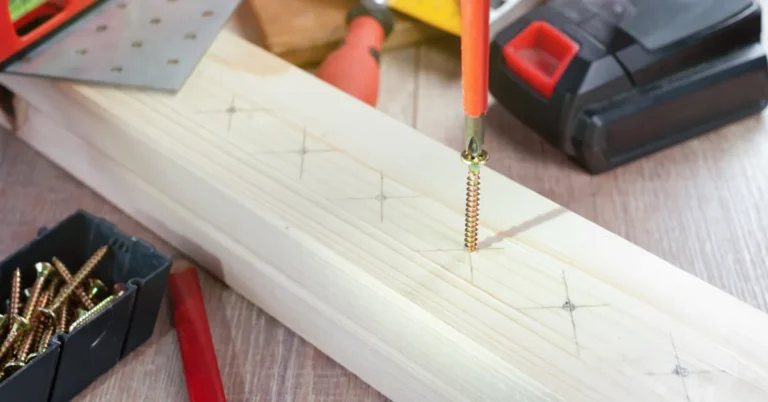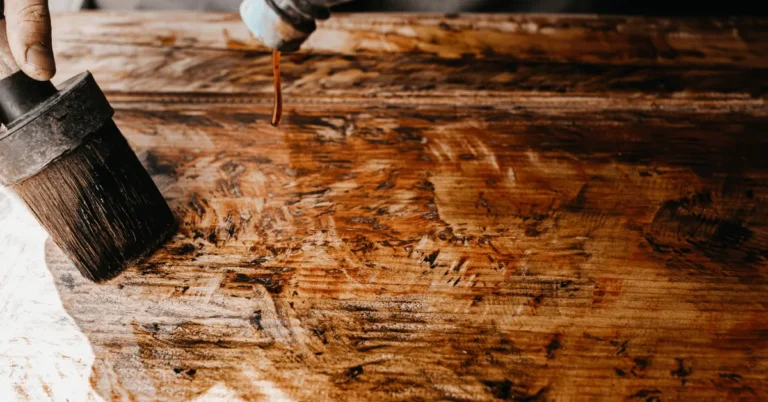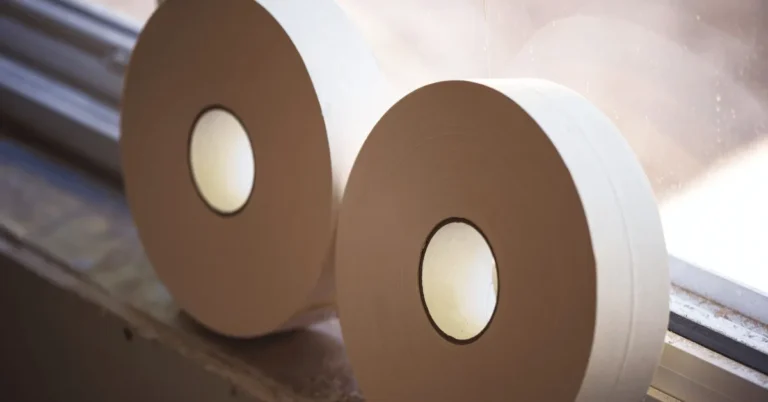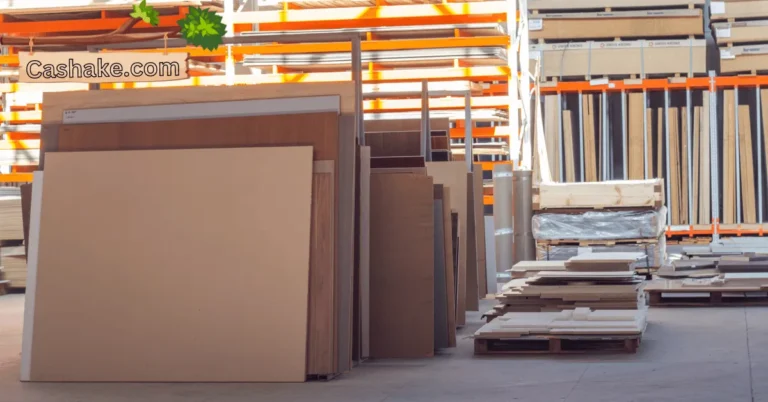Can You Screw Into Plastic Wood Filler? (A Comprehensive Guide 2023)
Hey there, whether you’re a seasoned pro or just diving into the DIY world, we’ve got the lowdown on a burning question:
Can you screw into plastic wood filler? Stay tuned, because we’ve got the answers you’ve been craving right here!
Key Takeaways
- Screw into plastic wood filler for secure woodworking connections.
- Ensure the filler is dry and cured before inserting screws.
- Pilot holes prevent cracking when drilling into plastic wood filler.
- Use appropriate screw sizes for snug, reliable connections.
- Choose high-quality plastic wood filler for durable results.
- Avoid excessive pressure on filled areas for long-lasting integrity.
- Seal or finish wood after screwing into plastic wood filler.
- Screws can be easily removed for project modifications.
- Match filler color to wood for seamless aesthetics.
- Test on scrap wood before using plastic wood filler.
Can You Screw Into Plastic Wood Filler?
You bet, you can screw it into plastic wood filler! As someone who’s tinkered with this stuff in plenty of projects, I can vouch for its versatility. It’s your go-to for filling up gaps and quirks in wood surfaces.
Now, here’s the deal when it comes to teaming screws with plastic wood filler – there are some tricks of the trade for a rock-solid bond.
First up, make sure that plastic wood filler is bone-dry and as hard as nails before you start screwing. That’s your ticket to a grip that won’t budge.
And here’s a pro tip: think about using pilot holes when you’re driving those screws into the filler. They’re like GPS for your screws, steering them clear of cracks or mishaps. Oh, and don’t forget the right drill bit size – it’s your secret sauce for nailing those results.
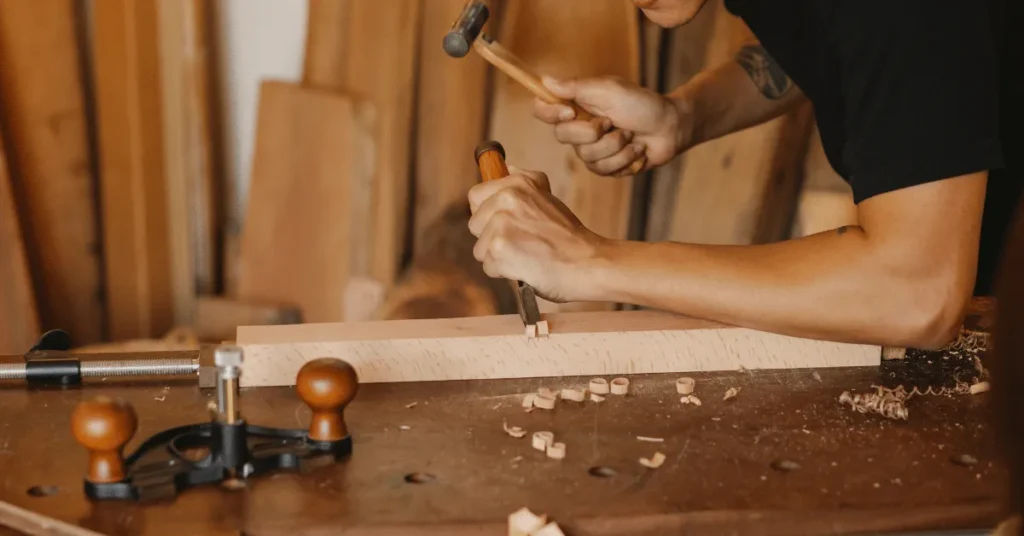
Now, here’s the scoop: even though plastic wood filler is a tough cookie, don’t go overboard with the pressure. Too much can mess with its mojo.
And here’s the golden rule: always pick top-notch plastic wood filler for primo results.
Can plastic wood fillers be drilled?
You got it – drilling into plastic wood filler is a breeze! It’s a must-know for woodworkers, whether you’re a pro or just dabbling.
Now, here’s your roadmap for drilling success:
- Wait for the Filler to Dry: Make sure that plastic wood filler is bone-dry before drilling. That’s your solid foundation – no wobbling or cracking.
- Grab the Right Drill Bit: Size matters! Choose a drill bit that matches your hole needs. Precision without filler damage – that’s the goal!
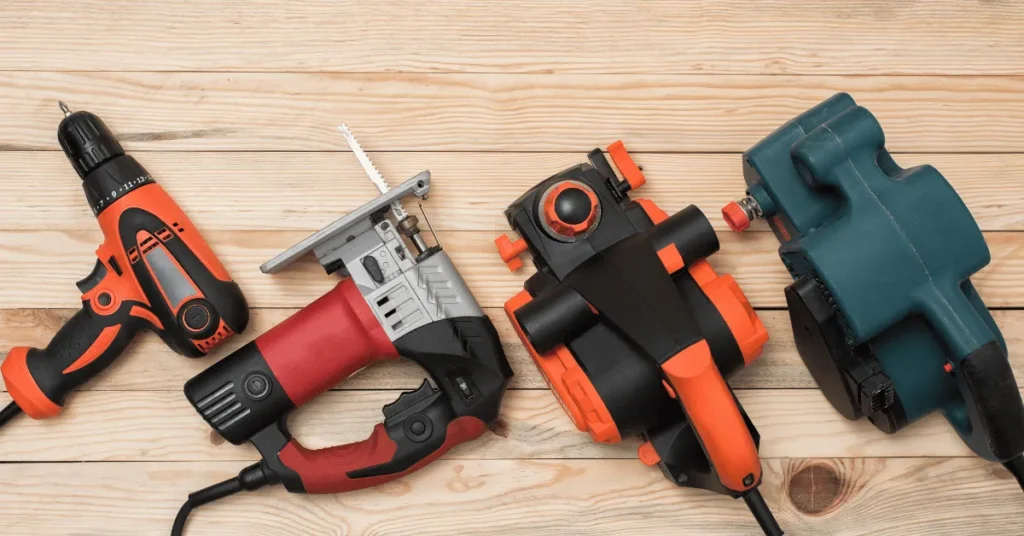
When you’re drilling, keep it cool and steady – gentle pressure is the name of the game. No need for Hulk-level force here!
And here’s your tidy-up tip: after drilling, give those holes a good cleaning to prep for screws or anything else you’re adding.
Follow these tricks, and you’ll be drilling into plastic wood filler like a pro, adding a touch of finesse to your woodworking projects.
Can you put screws in plastic wood filler?
Sure thing, you can definitely pop screws into plastic wood filler! It’s a common move in woodworking, and I’ve personally nailed it in my own projects.
Here’s the drill (pun intended):
- Surface Prep: Make sure that filler is bone dry and cured before screwing. That’s your ticket to a solid grip.
- Pilot Holes: Think of pilot holes as your screw’s GPS. They guide them right, avoiding any filler mishaps.
Stick to these tips, and you’ll be screwing into plastic wood filler like a champ, adding strength and style to your woodwork.

Picking the Right Screw: Go for screws that match the hole size. It’s the key to a snug and secure fit.
Filler Quality Matters: Choose top-notch plastic wood filler for sturdy woodwork.
Keep these tricks in your toolkit, and you’ll nail screwing into plastic wood filler!
Big Tip For You
No sweat, you can totally screw into plastic wood filler. Just follow some tips, like pilot holes and good filler, for solid results. It’s versatile and drill-friendly, ensuring your woodworking projects look pro.
Is plastic wood filler strong?
Absolutely, plastic wood filler packs a punch in terms of strength and reliability! Being a fellow woodworker, I’ve had my fair share of encounters with plastic wood filler across various projects, and I can totally vouch for its rock-solid performance.
When you apply it correctly and let it work its magic, plastic wood filler forms a super-strong bond with the surrounding wood, giving your woodworking creations that extra dose of stability and reinforcement they need.
It’s like a magic wand for filling gaps, holes, and those pesky imperfections in wood surfaces, leaving you with a finish that’s smooth as silk.
Just a quick heads-up, though – like any material, there are a couple of things to keep in mind to get the best bang for your buck. Don’t go overboard with the stress or pressure on the filled area, as it might mess with the filler’s long-term strength. Happy woodworking!
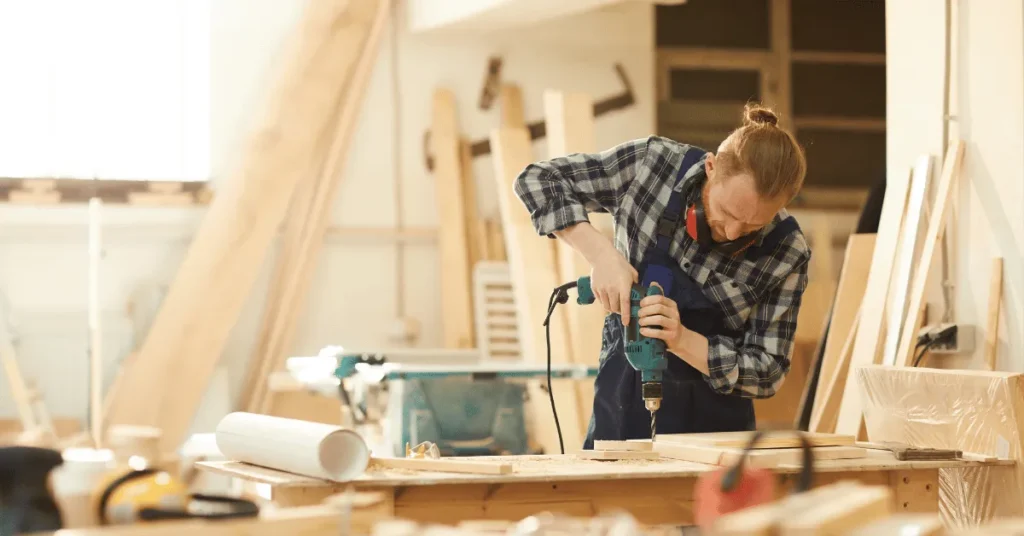
Picking out a top-notch plastic wood filler that matches your project’s needs is key to making sure it stays strong and lasts.
Read More: Can You Screw Into Epoxy Wood Filler?
What are the advantages and disadvantages of screwing into plastic wood filler?
I’d be glad to share some insights on the advantages and disadvantages of screwing into plastic wood filler!
Advantages:
Solid and Dependable: When you do it right, screws really lock in that plastic wood filler, keeping your woodworking projects strong and sturdy.
All-Around Useful: Screw it! You can attach all sorts of stuff to that wood filler, opening up a whole world of creative possibilities in your woodworking adventures.
No Sweat Uninstall: Unlike sticky stuff, screws come off with ease, so you can tweak and tinker with your projects hassle-free.
Extra Stability Boost: Those screws give your wood filler some extra muscle, keeping it from wiggling or getting loose over time.
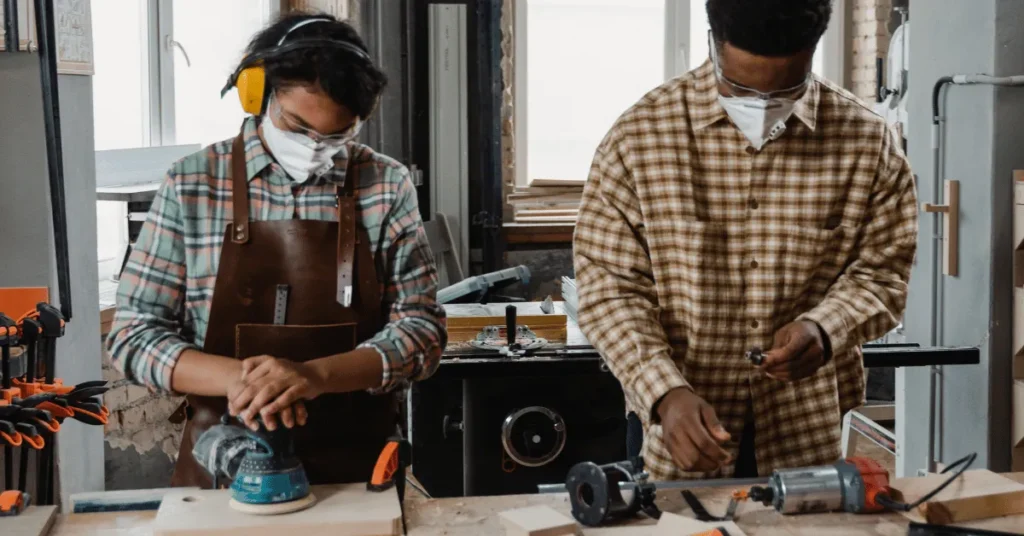
Disadvantages:
Watch Out for Cracks: If you just slam screws in without giving ’em pilot holes or if they’re too close to the edges, you might end up with some cracks or splits in that plastic wood filler.
Looks Matter: Sure, you can sink those screws, but they might still peek out a bit, messing with the whole look of your project.
Know Your Limits: Plastic wood filler is no Hercules; it can’t handle super heavy loads like solid wood can. So, think about how much weight and pressure your project’s gonna take.
Filler Quality Counts: Keep in mind, the good ol’ bond strength depends on the quality of that plastic wood filler you’re using. Cheap stuff might not hold those screws as tight.
What are some best plastic wood fillers?
Sometimes, figuring out what’s best can be a bit of a head-scratcher, right? Well, don’t sweat it, because we’ve got the lowdown on some top plastic wood fillers:
Famowood Latex Wood Filler: This one’s a real champ in the latex-based wood filler game. It sticks like glue, goes on smooth, dries in a flash, and you can sand and paint it to match your woodwork like a breeze.
Elmer’s Carpenter’s Color Change Wood Filler: Here’s the cool part – it changes color when it’s ready for sanding. No more guesswork! Perfect for indoor and outdoor projects, and it packs a punch for long-lasting results.
Minwax High-Performance Wood Filler: This solvent-based filler means business. It’s tough, doesn’t shrink or crack, and does wonders for fixing up damaged wood. Plus, once it’s set, you can sand, stain, or paint it any which way you like.

J-B Weld Wood Restore Premium Epoxy Putty: This stuff is like a wood superhero – super strong and tough. It can handle water like a champ and comes in handy for both small fixes and big revamps.
DAP Plastic Wood All-Purpose Wood Filler: When in doubt, go with this all-around champ. It’s a go-to for all sorts of wood fixes, easy to mold, can be stained, and works indoors or out.
Just remember, pick the right filler that fits your project and wood type, and don’t forget to read those manufacturer’s instructions for smooth sailing!
Important FAQs
While most plastic wood fillers can be used with screws, it’s essential to choose high-quality fillers that offer good adhesion and strength. Always refer to the manufacturer’s instructions for compatibility with screws.
Choosing the right screws is crucial for a secure bond. Opt for wood screws that are appropriate for the size and depth of the holes in the filler. Using screws with a coating for outdoor use can also provide added durability.
Yes, using pilot holes is highly recommended. Pilot holes help guide the screws and prevent the filler from cracking or splitting. Ensure the pilot hole size matches the screw size for the best results.
Yes, one advantage of using screws is that they can be easily removed. Unscrew carefully, and the plastic wood filler should remain intact, allowing for adjustments or modifications to your project.
Absolutely! Once the filler is fully cured and any dust or debris is removed, you can stain or paint it to match the surrounding wood. This provides a seamless finish and enhances the overall appearance.
Yes, many plastic wood fillers are designed for both indoor and outdoor use. Look for fillers that are weather-resistant and offer UV protection to ensure they withstand environmental elements.
Yes, plastic wood filler is compatible with various types of wood. However, consider using fillers specifically designed for certain wood types to ensure better adhesion and compatibility.
The curing time may vary depending on the specific product and environmental conditions. It’s best to follow the manufacturer’s guidelines for curing time, which usually ranges from a few hours to 24 hours.
Final thoughts
So, plastic wood filler? It’s like your trusty sidekick for woodworking, versatile and reliable. When you want to throw in some screws, no sweat. Just do it right: pilot holes and top-notch filler are the way to go.
It bonds like a champ and can even handle a drill, adding to its bag of tricks. But don’t forget to weigh the pros and cons of screwing into it, and pick from the cream of the crop plastic wood fillers for those flawless woodworking masterpieces.
All images in this article are taken from Canva.com
Can You Screw Into Minwax Wood Filler?
“Unlocking the Possibilities: Exploring Screw Compatibility with Minwax Wood Filler. Discover the secrets to confidently securing your woodworking projects using Minwax Wood Filler. Dive into our next article to unleash the full potential of your creations.”
